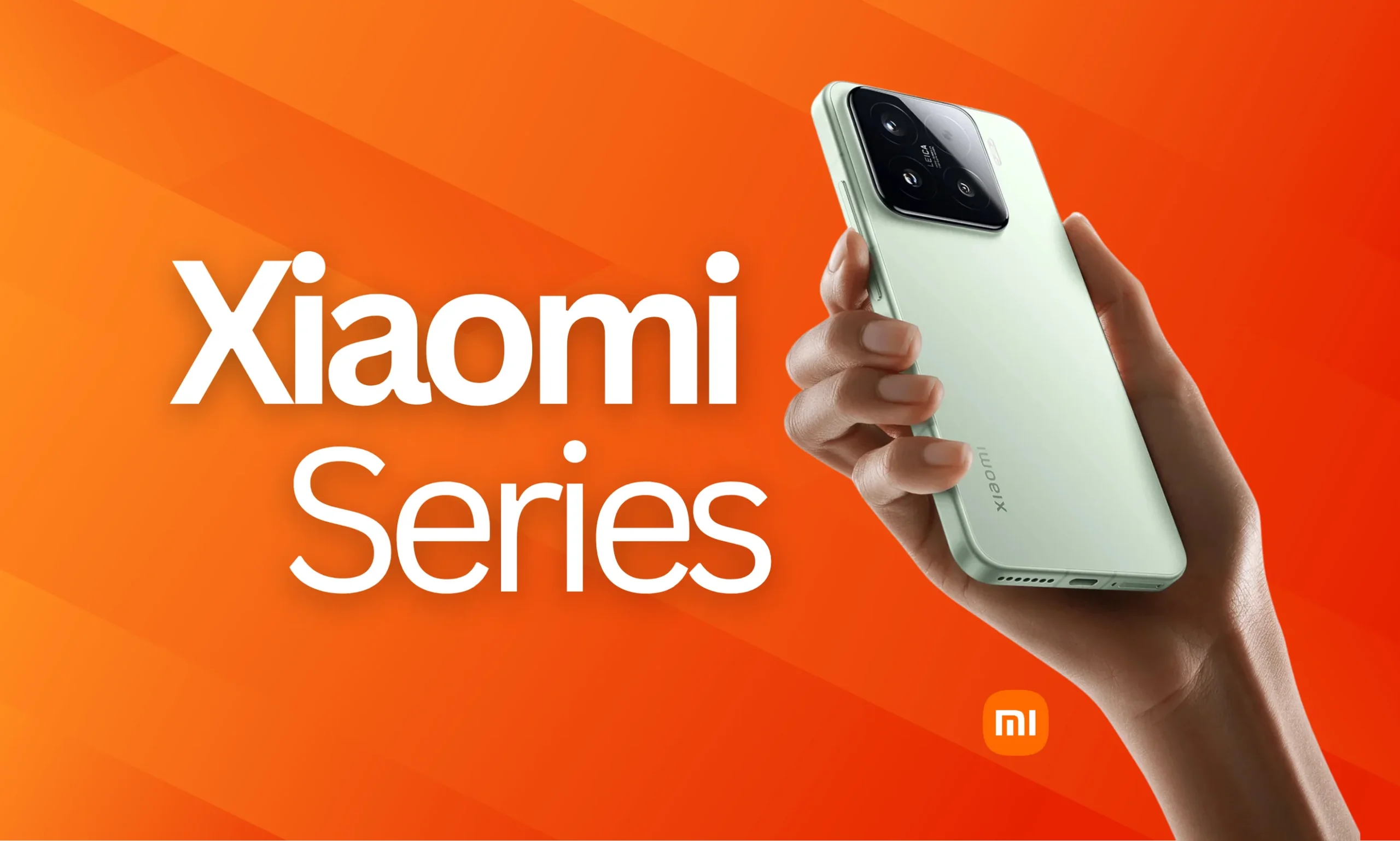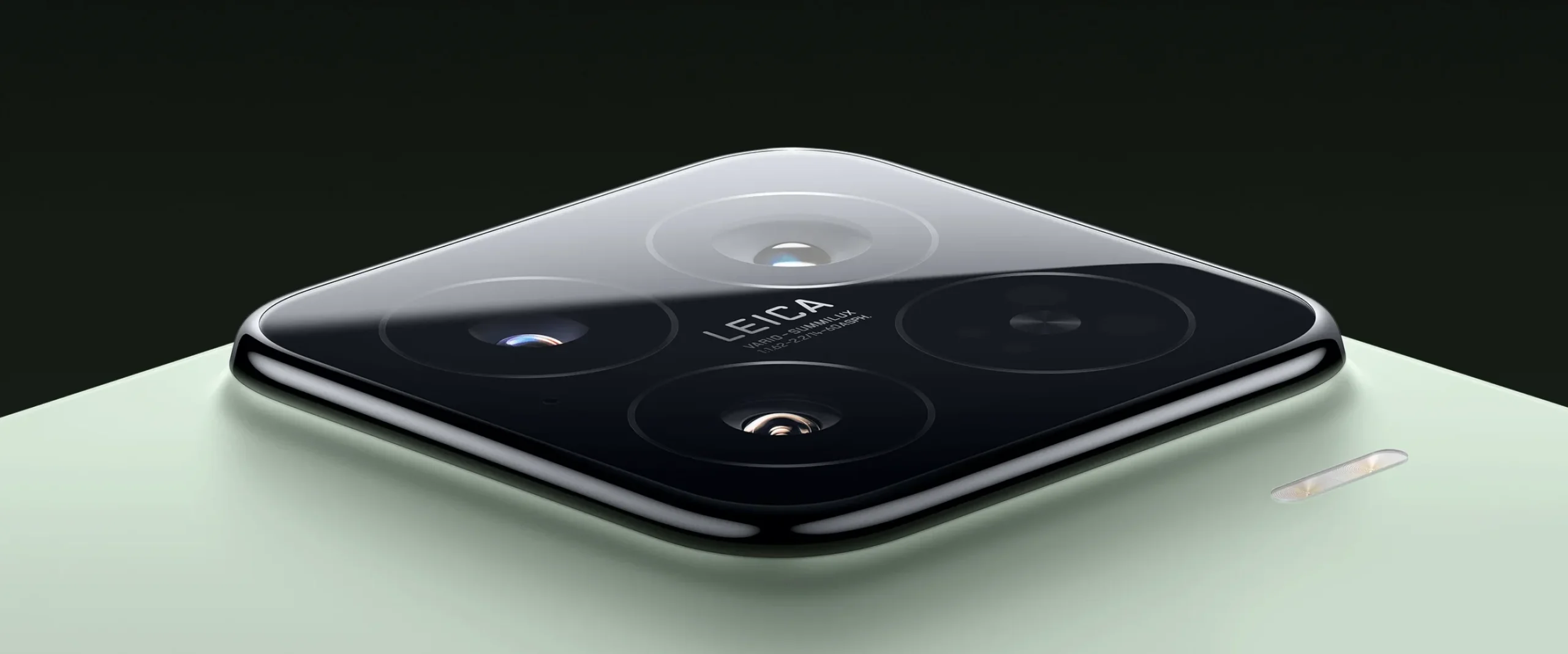Xiaomi Smartphone Series: Evolution & Naming Explained
Decoding Xiaomi’s Smartphone Strategy: A Look at Their Series Evolution and Naming Logic
Xiaomi, you gotta hand it to them, has absolutely exploded onto the global tech scene. They’ve carved out a serious niche for themselves by consistently churning out innovative, high-quality devices without completely emptying your wallet. It’s been quite the journey since their very first phone dropped back in 2011, and their smartphone lineup has seen some serious evolution. Each series, with its own distinct purpose and a pretty logical naming convention, has played a huge part in their success. So, let’s dive into the last six major Xiaomi smartphone series, see when they hit the shelves, and unpack the brains behind how they get their names and model numbers. We’re talking about everything from the upcoming Xiaomi 16 to the awesome Xiaomi 14 Ultra and the value-packed Xiaomi 13T.

The Main Event: Xiaomi’s Flagship Series
At the heart of Xiaomi’s smartphone offerings is their main flagship series. You know, the ones that showcase all the cutting-edge tech. Back in the day, they used to slap a “Mi” prefix on these, like the Mi 11. But since 2021, they’ve streamlined things, ditching “Mi” and simply calling them “Xiaomi” followed by a number to mark the generation. This series typically rolls out with a standard model, a beefier “Pro,” the absolute top-tier “Ultra,” and sometimes even more compact options like “Lite” or “Mini.” The naming here is pretty straightforward – it all points to pushing the boundaries of what a smartphone can do, with each new generation bringing incremental, but meaningful, upgrades.
Xiaomi 16 Series (2025): The Next Big Leap
- Release Year: Set to debut in China around September/October 2025, with a global rollout expected in early 2026.
- Standout Models: Expect to see the Xiaomi 16, Xiaomi 16 Pro, a compact Xiaomi 16 Pro Mini, and the all-out powerhouse, the Xiaomi 16 Ultra.
- The Lowdown: The Xiaomi 16 series is slated to pack the formidable Snapdragon 8 Elite 2 chipset (or perhaps the MediaTek Dimensity 9500). Rumors are buzzing about massive batteries, potentially up to 7,000 mAh, and further camera enhancements with 50 MP sensors across the board, including a periscope telephoto lens on several models. This really shows Xiaomi’s commitment to keeping their camera game strong. Source: PCQuest, Source: Gadgets360
- Naming Logic: The “16” clearly signifies this as the sixteenth generation of their flagship line. The “Pro” and “Ultra” suffixes denote upgrades in display quality, camera capabilities, and overall performance, while the “Pro Mini” hints at a smaller form factor without sacrificing premium features.
Xiaomi 15 Series (2024): Refining the Formula
- Release Year: Anticipated for an October 2024 release in China, with a global debut in March 2025.
- Standout Models: The Xiaomi 15, Xiaomi 15 Pro, and the ultimate imaging device, the Xiaomi 15 Ultra.
- The Lowdown: This series is expected to feature the Snapdragon 8 Elite chipset and will likely offer LTPO AMOLED displays ranging from 6.36 to 6.73 inches. Battery capacity could reach up to 6,000 mAh. The Ultra model, in particular, is expected to boast a 200 MP camera with impressive periscope zoom capabilities, continuing their push for mobile photography excellence. Source: Computercity, Source: Gadgets360
- Naming Logic: “15” represents the generation preceding the Xiaomi 16. The “Pro” and “Ultra” models are positioned as higher-tier options, with the Ultra being the undisputed champion in terms of camera hardware and design.
Xiaomi 14 Series (2023): Leica Collaboration Peaks
- Release Year: Launched in China in October 2023, followed by a global release in February 2024.
- Standout Models: Xiaomi 14, Xiaomi 14 Pro, and the photographic marvel, Xiaomi 14 Ultra.
- The Lowdown: Powered by the Snapdragon 8 Gen 3, this series really doubled down on the Leica camera integration. We saw fantastic 50 MP sensors and stunning AMOLED displays capable of hitting up to 3,200 nits of brightness. The Xiaomi 14 Ultra even came with an optional photography kit, truly catering to the mobile photography enthusiasts. Source: Computercity, Source: Gadgetsinn
- Naming Logic: Following their annual release cycle, “14” marks this generation. Again, “Pro” and “Ultra” denote the incremental upgrades in hardware and camera systems.
Xiaomi 13 Series (2022): The T-Series Arrives
- Release Year: First launched in China in December 2022, with a global rollout in March 2023.
- Standout Models: Xiaomi 13, Xiaomi 13 Pro, Xiaomi 13 Ultra, and the introduction of the popular Xiaomi 13T and Xiaomi 13T Pro.
- The Lowdown: This series brought the Snapdragon 8 Gen 2, coupled with Leica cameras featuring a 50 MP main sensor. A significant move here was the introduction of the 13T and 13T Pro. These models targeted a more accessible premium segment, with the 13T Pro notably using the MediaTek Dimensity 9200+ chip, showing Xiaomi’s willingness to explore different silicon partners for performance. Source: Gadgetsinn
- Naming Logic: “13” is the generational marker. The “T” in the 13T series signifies “Turbo,” indicating a variant optimized for performance and offered at a more competitive price point. “Pro” continues to represent premium features.

Xiaomi 12 Series (2021): Streamlining the Brand
- Release Year: Debuted in China in December 2021, with a global release in March 2022.
- Standout Models: Xiaomi 12, Xiaomi 12 Pro, Xiaomi 12 Ultra, and the budget-friendly Xiaomi 12 Lite.
- The Lowdown: Featuring the Snapdragon 8 Gen 1, this series was known for its smooth 120 Hz AMOLED displays and lightning-fast charging, with some models supporting up to 120W. The Xiaomi 12 Lite was introduced as a more affordable option, focusing on a lighter design and a more mainstream feature set.
- Naming Logic: “12” continues the annual sequence. “Lite” is clearly positioned for the mid-range market with more modest specs, while “Ultra” represents the peak of their flagship offerings in terms of camera and performance.
Xiaomi 11 Series (2020): The “Mi” Era Wraps Up
- Release Year: Launched in China in December 2020, with global availability in February 2021.
- Standout Models: Xiaomi Mi 11, Mi 11 Pro, and the groundbreaking Mi 11 Ultra.
- The Lowdown: Still under the “Mi” branding, this series was powered by the Snapdragon 888. The Mi 11 Ultra, in particular, made waves with its 108 MP camera, marking a significant milestone in mobile photography advancements for the brand.
- Naming Logic: “11” denotes the generation. The “Pro” and “Ultra” suffixes were used to signify substantial upgrades in hardware, especially camera technology.
The Method to the Madness: Xiaomi’s Naming and Numbering Strategy
If you’ve been following Xiaomi for a while, you’ll notice their naming conventions are pretty logical and designed to clearly communicate where a device sits in their lineup and its place in the generational evolution.
Sequential Numbers: The primary number in the series (11, 12, 13, and so on) is the simplest part – it indicates the annual generation. Typically, a new flagship series launches in China towards the end of the year and then rolls out globally early in the following year. So, the Xiaomi 16 series, expected for 2025, is essentially the sixteenth iteration of their main flagship line.Descriptive Suffixes:
- Pro: These models are essentially upgraded versions of the base model. Expect improvements in display, battery life, camera hardware, and overall performance. For instance, a Xiaomi 15 Pro will likely offer a more advanced camera system or a larger, better display than the standard Xiaomi 15.
- Ultra: This is the absolute pinnacle. The Ultra models boast the very best cameras, premium materials, and exclusive features, making them the top-of-the-line offerings. The Xiaomi 14 Ultra, with its 200 MP sensor and photography kit, is a prime example.
- T (Turbo): First seen with the Xiaomi 13T series, the “T” signifies a “Turbo” variant. These devices aim for a sweet spot between premium features and a more accessible price point. They often feature powerful processors (sometimes MediaTek) and offer great value for money.
- Lite: These are the more budget-friendly options. They scale back on some of the high-end specifications to cater to the mid-range market, offering a lighter design and a more economical price tag, like the Xiaomi 12 Lite.
- Mini/Pro Mini: Xiaomi has experimented with smaller form factors, and the “Mini” or “Pro Mini” suffix indicates a more compact device that still aims to pack premium, high-end features, like the rumored Xiaomi 16 Pro Mini.
Brand Evolution: A key shift happened around 2020. Before that, their main series proudly carried the “Mi” prefix (e.g., Mi 11). From 2021 onwards, Xiaomi simplified its branding to just “Xiaomi” followed by the generation number. This move aimed for a more unified global brand identity.- Complementary Series: It’s worth remembering Xiaomi’s other sub-brands, which cater to different market segments:
- Redmi: This is their go-to for budget-friendly and mid-range devices, with the Redmi Note series being incredibly popular for its value.
- Poco: Focused on performance, especially for gamers and younger users who want flagship-level power without the flagship price tag. The Poco F-series is a great example.
- Mix: This series is where Xiaomi experiments with radical design and innovative technologies, often showcasing concepts like foldable screens or unique display solutions.

Looking Ahead: Continued Innovation
The evolution from the Xiaomi 11 series all the way up to the anticipated Xiaomi 16 highlights Xiaomi’s relentless drive for innovation in design, performance, and particularly photography, as they continue to challenge the established giants like Apple and Samsung. Their naming convention is quite transparent: the numbers clearly mark the generational progression, while the suffixes like “Pro,” “Ultra,” “T,” and “Lite” effectively communicate the device’s positioning in the market, from the ultimate premium flagships to more value-oriented options. With the Xiaomi 16 series on the horizon for 2025, we can expect continued advancements, likely featuring even larger batteries, more sophisticated camera systems, and the powerful Snapdragon 8 Elite 2, reinforcing Xiaomi’s position as a dominant force in the global smartphone arena.







